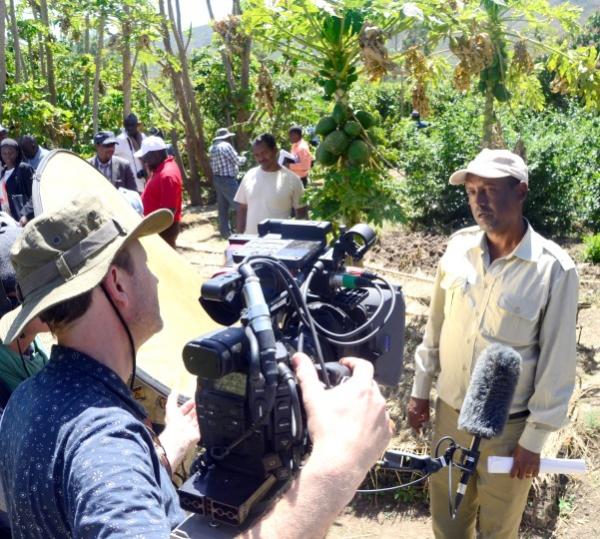The chilling scene shows a massive glacier breaking apart into millions of fragmented pieces. There is a thunderous, deafening echo as chunks of ice tumble into the freezing water 300 feet below. While this sounds like something straight out of a disaster movie, it’s actually very real. This rare footage was captured in the 2013 documentary, Chasing Ice, which shows the largest glacier calving event ever caught on film. The scene has all the makings of a fiction movie; action, suspense, incredible cinematography. But, it is, indeed, a documentary calling attention to the world’s changing glaciers as a result of climate change.
Movies have a great opportunity to engage audiences on the issue of climate change, from informing people, all the way through to motivating action and encouraging behavior to act on the issue (Howell, 2014a). Movies tell stories that are close to people’s hearts and minds; they activate our brains and capture our attention through a multi-sensory experience (sight, sound, emotion), and the ones that really get to you, stay with you long after the (digital) film reel has run out. Despite a number of films created based on climate change stories and issues, and increasing interest in the role of film to illuminate the issue, for example within programs like Film4Climate at the World Bank, there is relatively little analysis on the role of film for climate change communication, and especially on the impact of climate-related films on behavior change.
So, what is the formula for making a film that is both compelling and useful in creating behavior change to take on climate change?
Click on the image on your left side to read the answer and the rest of the article (it will open a PDF file).




